Ito Jakuchu Paintings
Ito Jakuchu was a Japanese painter known for his exquisite and highly detailed paintings of nature. Born in Kyoto, Japan, on March 2, 1716, Jakuchu came from a family of wealthy merchants. Despite his family's wealth and their expectations for him to take over the family business, Jakuchu was more interested in pursuing art. He devoted himself to painting and became associated with the Shijo School, a style of painting that focused on natural subjects with great attention to detail and vibrant colors. Jakuchu is best known for his series 'Doshoku Sai-e,' also known as the 'Colorful Realm of Living Beings,' which consists of 30 hanging scrolls that depict various animals and plants with an almost surreal level of detail and precision. This series took him over a decade to complete and is considered his masterpiece, showcasing his deep observation and unique interpretation of the natural world. Jakuchu's work was not widely recognized during his lifetime outside of certain monk and artistic communities, but his reputation grew posthumously, and he is now regarded as one of the great masters of Edo period painting. Throughout his life, Jakuchu maintained close relationships with Zen Buddhist monks and was deeply influenced by Zen philosophy, which is reflected in the spiritual themes of his work. He spent the latter years of his life donating much of his work to temples and leading a life of relative solitude and contemplation. Ito Jakuchu passed away on October 27, 1800. Today, his works are celebrated for their beauty, intricacy, and the unique insight they provide into the natural world, making Jakuchu a revered figure in the history of Japanese art.
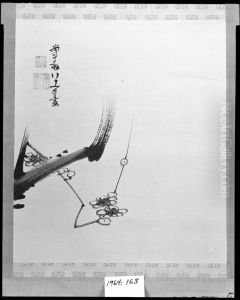
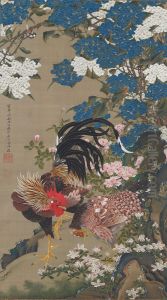
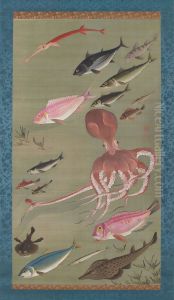
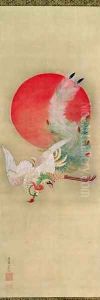
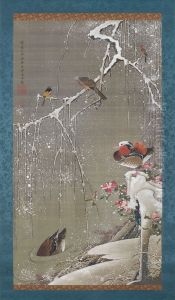
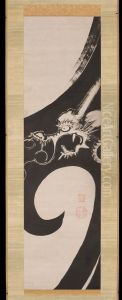
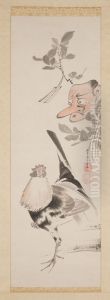
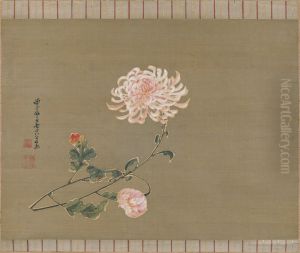
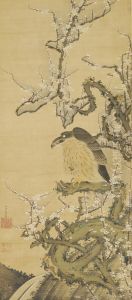
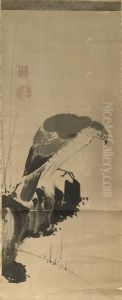
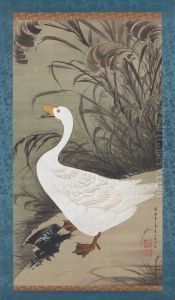
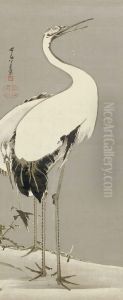
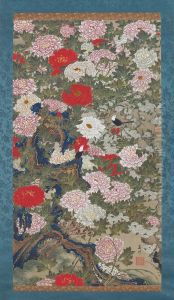
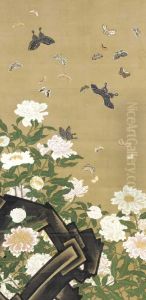
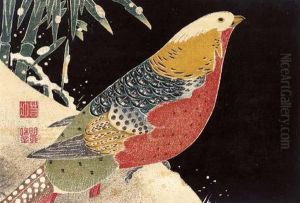
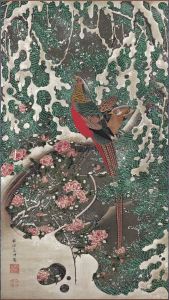
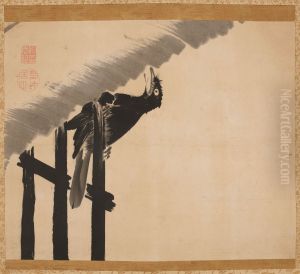

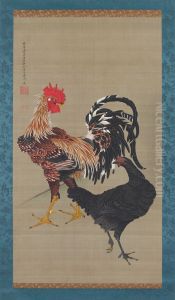
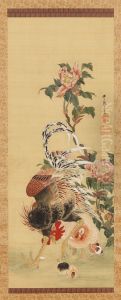
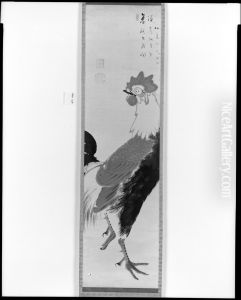
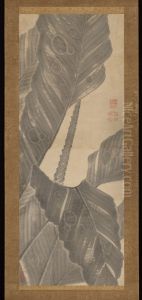
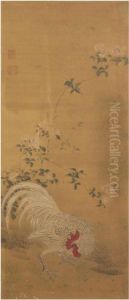
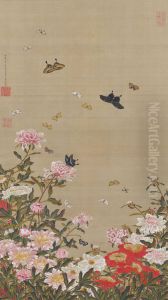
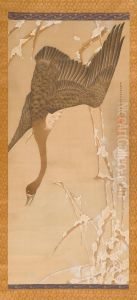

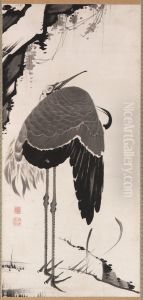

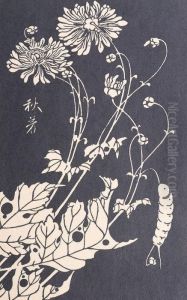
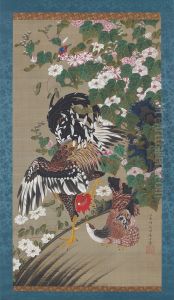

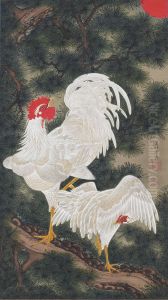

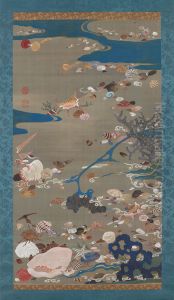
![Roosters and Hens [right of a pair]](https://www.niceartgallery.com/imgs/4562517/s/ito-jakuchu-roosters-and-hens-right-of-a-pair-68cc7f0b.jpg)
![Roosters, Hen, and Chicks [right of a pair]](https://www.niceartgallery.com/imgs/4562352/s/ito-jakuchu-roosters-hen-and-chicks-right-of-a-pair-ee961c2e.jpg)
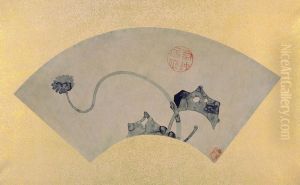
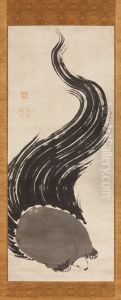
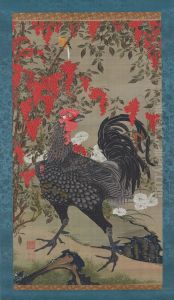
![Roosters and Hens [left of a pair]](https://www.niceartgallery.com/imgs/4562442/s/ito-jakuchu-roosters-and-hens-left-of-a-pair-e216a130.jpg)